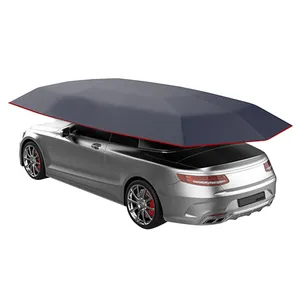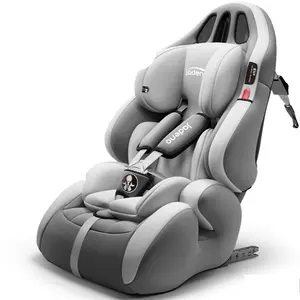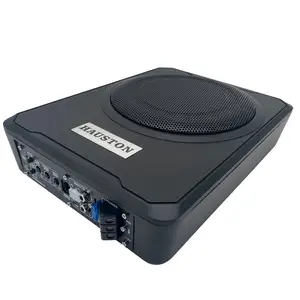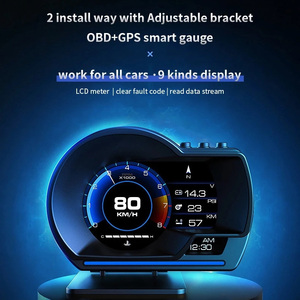Popular in your industry





























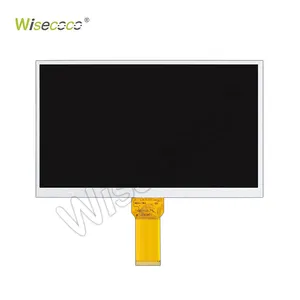



















































































































































































Top categories
About hud display
The term hud display refers to an innovative technology designed to project essential information directly into the line of sight of a driver, typically on the windshield of a vehicle. This technology, known as a heads up display, allows drivers to maintain attention on the road while still being able to monitor important vehicle data. Heads up display car systems have become increasingly popular for their role in enhancing driving safety and convenience. Alibaba.com hosts a variety of these advanced systems suitable for a wide range of vehicles.
Types of HUD Displays
The market offers a diverse range of hud displays, each tailored to meet different needs and preferences. Basic models provide essential driving data, while more advanced units offer comprehensive vehicle diagnostics, navigation, and smartphone integration. For example, the car hud head up display might include a simple LED projection for budget-conscious consumers or a sophisticated automotive hud display with full-color, high-definition IPS screens for tech-savvy users. Some are designed for specific car models, ensuring a seamless fit and integration, while others are universal units that can be adapted to any vehicle. The level of data displayed can also vary, with some systems focusing on critical alerts and others providing a full suite of information including fuel efficiency, tire pressure, and more.
Structure of HUD Displays
The car hud display is a complex assembly of components. At its core is the projector, which casts vehicle data onto the windshield or a combiner. This data is sourced from the vehicle's onboard diagnostics, processed by an integrated computer system. Some HUDs utilize a transparent film on the windshield, while others have a dedicated transparent screen. The structure also includes sensors that adjust the display's brightness based on ambient light conditions and interfaces for user input, allowing drivers to customize what information is displayed and how it is presented.
Materials in HUD Displays
Manufacturers select materials for hud displays based on their durability, clarity, and performance. The housing is often made from high-grade ABS plastic, chosen for its resilience and ability to withstand temperature fluctuations without deforming. The display screens are typically crafted from high-quality polycarbonate with specialized coatings to minimize glare and maximize visibility. These materials are not only chosen for their functional properties but also for their aesthetic qualities, ensuring that the HUD display complements the vehicle's interior.
Business Usages and Applications of HUD Displays
Hud displays have found their place in various business applications, particularly in sectors where driving focus is critical. In logistics, they help fleet drivers maintain awareness of vehicle performance and cargo conditions. For ride-sharing services, they enhance the customer experience by providing a high-tech environment and improving route efficiency. Emergency services benefit from HUDs by keeping critical information in sight, allowing for quick response times. In these settings, HUDs not only improve safety but also contribute to operational efficiency and customer satisfaction.
Functions of HUD Displays
The hud display is designed to perform a variety of tasks. Its primary function is to project important driving information such as speed, navigation, and alerts directly into the driver's field of vision. However, the functionality of HUDs has expanded to include the display of multimedia information, integration with voice command systems, and even the ability to provide feedback on driving patterns for educational purposes or insurance assessments.
Features of HUD Displays
Modern hud displays boast a range of features that enhance their utility and appeal. They may include touch screen interfaces, customizable display layouts, and connectivity options such as Bluetooth for pairing with mobile devices. Some vehicle hud systems are equipped with gesture control, allowing drivers to interact with the display without physical contact. These features not only make the HUD more user-friendly but also contribute to a safer driving environment by reducing the need for drivers to take their hands off the wheel.
Benefits of HUD Displays
The adoption of a hud display in a vehicle brings numerous benefits. It enhances safety by reducing the need for drivers to look away from the road to check instruments. The convenience of having important information directly in the line of sight can also reduce driver stress and fatigue on long journeys. For businesses, the integration of HUDs can lead to cost savings by minimizing the risk of accidents and the associated expenses. Additionally, the futuristic appeal of HUDs can serve as a unique selling point for car manufacturers and aftermarket suppliers.
How to Use a HUD Display
Effective use of a hud display involves proper setup and calibration. The user must ensure that the display is positioned at the correct angle and height to avoid obstructing the view of the road. The information displayed should be arranged in a way that is intuitive and easily digestible at a glance. It's also important for users to familiarize themselves with the system's features and how to navigate through different screens or menus.
How to Choose the Right HUD Display
Selecting the right hud display requires careful consideration of several factors. The display's compatibility with the vehicle's make and model is paramount. The type of information you wish to monitor, the ease of installation, and the quality of the display are also important. For those who value connectivity, choosing a HUD with smartphone integration capabilities may be beneficial. Additionally, considering the HUD's adaptability to future software updates can ensure longevity and continued performance.
How to Clean and Maintain a HUD Display
Regular cleaning and maintenance are essential for keeping a hud display in optimal condition. The screen should be cleaned with a soft cloth and appropriate cleaning solution to avoid scratches or damage. It's also important to check for software updates regularly and to inspect the device for any physical damage or wear that could affect its performance.
How to Install a HUD Display
Installation of a hud display can vary from one model to another. While many are designed for easy, plug-and-play installation via the vehicle's OBD II port, others may require professional installation, especially if they involve complex integration with the vehicle's electronics. Ensuring that the HUD is properly secured and positioned is crucial for both safety and functionality.
What are the compatibility options for various car models?
Most hud displays are designed with universal compatibility in mind, able to fit a wide range of car models. However, it's important to verify the specifications of the HUD display to ensure it matches the make and model of your vehicle, especially when considering the installation placement and connection type.
Can a HUD Display be customized for specific data display?
Yes, many hud display systems offer customization options, allowing drivers to select which data points they want to be projected. This can include anything from speed and RPM to navigation details, depending on the sophistication of the HUD model.
What should be considered for optimal viewing in different lighting conditions?
For optimal viewing, a car hud display should have adjustable brightness settings to cater to various lighting conditions. High-resolution displays with anti-glare screens are preferable to ensure the data is easily readable in both bright daylight and at night.
